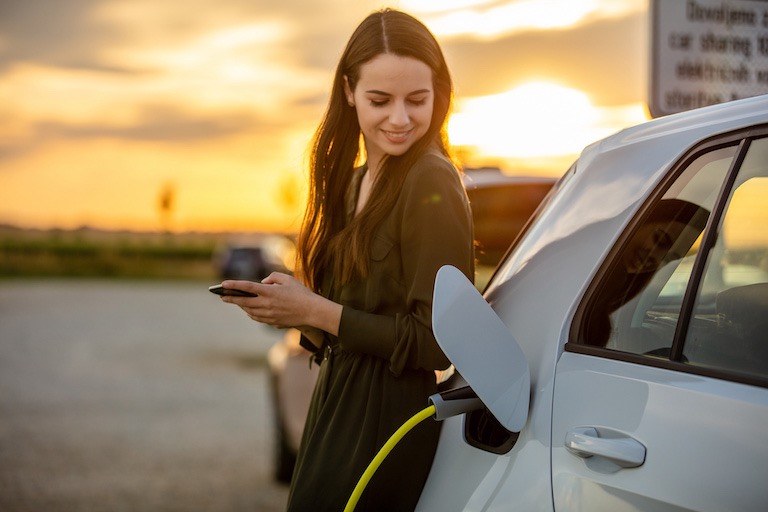
2026 Toyota RAV4 PHEV could steal sales from EVs
Toyota’s new plug-in hybrid RAV4 isn’t predicted to sell in big numbers, but the brand believes it could pull buyers away from pure EVs – a move that’s both promising and problematic.The News
Set to launch locally in the first half of next year, the 2026 Toyota RAV4 represents a big step up from the fifth-generation model that it replaces.
The headline news is the arrival of a powerful plug-in hybrid (PHEV) RAV4, aimed at helping Toyota to catch up to (mostly Chinese) rivals.
While the plug-in RAV4 isn’t expected to account for a large share of sales, Toyota still expects it to steal the show from an unlikely target: electric vehicles (EV).
The Key Details
- The higher price means the 2026 Toyota RAV4 PHEV isn’t likely to top the sales charts
- With up to 100km of electric range and independence of charging stations, the RAV4 PHEV may steal sales away from all-electric SUV rivals like the Tesla Model Y
- The current RAV4 remains a strong seller, even with an all-new model just around the corner
The Finer Details
After lukewarm beginnings, it looks like plug-in hybrids are the next new frontier for the car world.
As plug-in hybrids become increasingly common, Toyota is set to launch its first PHEV RAV4 in Australia next year.
Nothing says “mainstream acceptance” quite like the RAV4, and adding a potent PHEV powertrain – and with a 227kW AWD PHEV that sprints like a hot hatch – could be just the thing to get SUV punters lining up.
But for the time being, Toyota customers aren’t too bothered about waiting for the new one.
When asked about the upcoming launch of Toyota’s sixth-generation RAV4, Toyota Australia sales and marketing boss Sean Hanley hinted at the strong demand for the current model, even with its replacement on the horizon.



“If I could tell you what the amount of orders we’ve taken on that car [current-generation RAV4], after we’ve told the world there’s a new one coming… if you knew how many orders on that car we’re taking today, you’d be shocked,” he said.
Year-to-date sales of the fifth-generation RAV4 are down compared to 2024, but with more than 35,000 cars sold so far in 2025, it remains Australia’s most popular midsize SUV by a wide margin.
For context, the next-best mainstream medium SUV – the Mitsubishi Outlander – has just under 17,000 sales, making it only half as popular.
A big part of the RAV4’s success is its all-hybrid lineup, now a firm favourite among Aussie families.
Every grade and drivetrain is petrol-electric hybrid, and that appeal is expected to carry over to the next generation.


“That tells me that PHEV will play a role, but it won’t be the dominant role in the initial launch,” said Hanley to carsales
“It [PHEV] is going to be a higher spec, a higher price, but having said that it’s going to give RAV4 an incredibly good boost.”
In the SUV market, sales growth for plug-in hybrid models has significantly outpaced that of conventional hybrids so far this year.
Plug-in hybrid sales are growing faster than conventional hybrids this year, driven by more offerings – mostly from Chinese brands – and rising awareness of their versatility.


While PHEVs still trail hybrids in outright numbers (around 20,000 versus six figures), Hanley expects the RAV4 PHEV’s 100km electric range could see it stealing sales from EVs rather than cannibalising hybrids.
“I think we’ll bring people in from other areas. It is a natural progression from hybrid to PHEV – or it’s an alternative to battery electric vehicles, to be honest that’s going to be the real issue,” Hanley said.
“How many people are going to go from EV – or are would-be EV purchasers – to PHEV, that’s going to be the real issue, not (cannibalisation) of hybrid.”
For Toyota, that could be a double-edged sword.
While the RAV4 PHEV may tempt buyers away from EVs like the Tesla Model Y (priced from $59-69K), it could also pinch sales from Toyota’s own all-electric bZ4X (priced from $66K) and incoming bZ4X Touring.
The Road Ahead
The 2026 Toyota RAV4 is slated to go on sale in the first half of 2026, with full specifications and pricing still yet to be announced.
For the full rundown of what to expect in the new sixth-generation Toyota RAV4 – including its potent PHEV powertrain – read our article here.
Related: Toyota bZ4X Touring confirmed for Aus
Related: 2026 Toyota RAV4 revealed with PHEV system, new GR Sport range-topper
Related: Toyota RAV4 – What you need to know


Please see our Editorial Guidelines & Code of Ethics (including for more information about sponsored content and paid events). The information published on this website is of a general nature only and doesn’t consider your particular circumstances or needs.
























